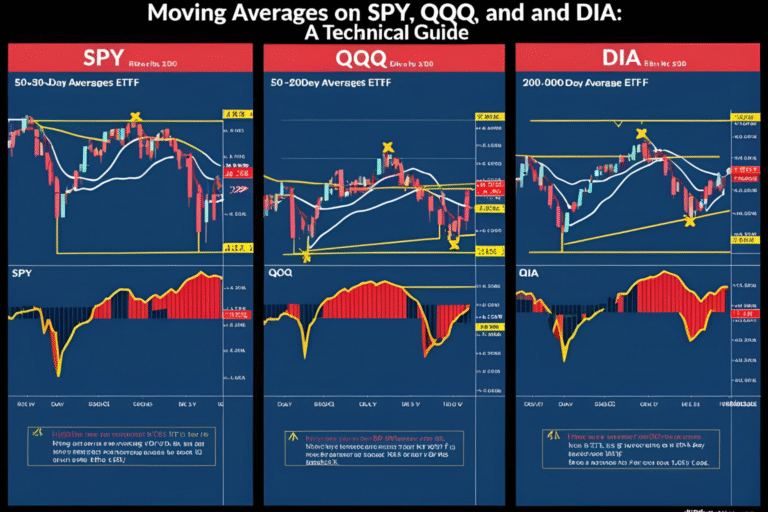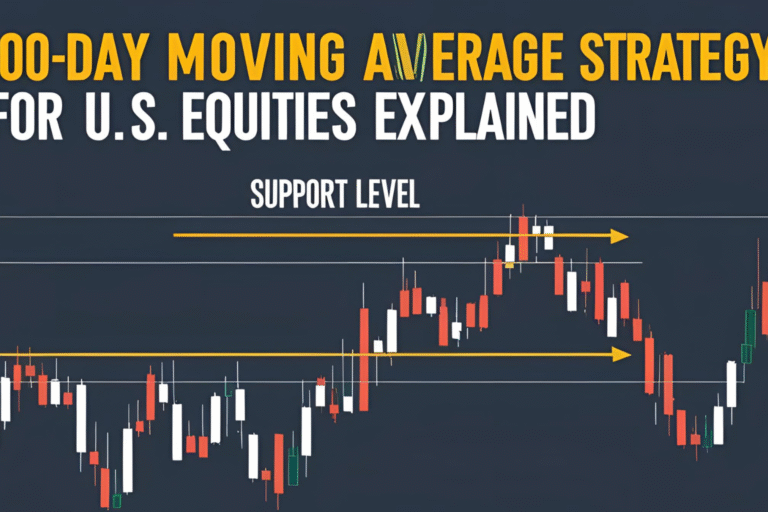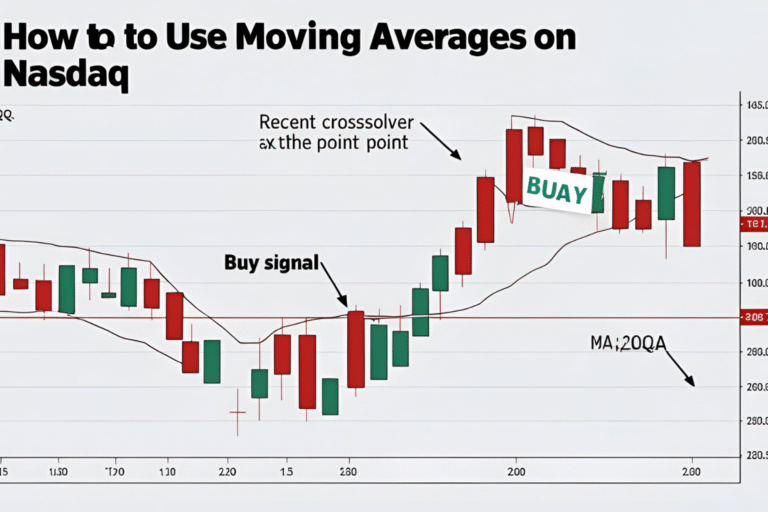EMA Strategy for Bitcoin and Ethereum: How to Trade Crypto Trends
Introduction
The cryptocurrency market is known for its speed and volatility, making it a perfect fit for Exponential Moving Average (EMA) strategies. Unlike simple moving averages, EMAs respond faster to price movements—helping traders catch trends early and react quickly to reversals.
In this guide, we’ll break down an effective EMA strategy for Bitcoin and Ethereum, including how to set it up, trade it, and avoid common pitfalls.
Why Use EMA in Crypto Trading?
Crypto assets like BTC and ETH often experience rapid price swings. EMAs help:
- Detect trend changes early
- Provide dynamic support and resistance
- Improve entries and exits with timely signals
Compared to SMA, EMA gives more weight to recent price data, which is ideal for short-term and intraday trading in volatile markets.
Best EMA Settings for Crypto
| Purpose | EMA Settings |
|---|---|
| Short-term trades | 9 EMA, 21 EMA |
| Medium-term trends | 20 EMA, 50 EMA |
| Long-term signals | 100 EMA, 200 EMA |
For most retail traders, 9 and 21 EMAs on the 1-hour or 4-hour chart work best for swing trading BTC and ETH.
Strategy: 9 EMA and 21 EMA Crossover
Setup:
- Chart: Bitcoin (BTC/USD) or Ethereum (ETH/USD)
- Timeframe: 1-hour or 4-hour
- Indicators: 9 EMA (blue), 21 EMA (red)
Entry Rules:
- Buy Entry: 9 EMA crosses above 21 EMA (bullish crossover)
- Sell Entry: 9 EMA crosses below 21 EMA (bearish crossover)
- Confirm with RSI > 50 or MACD crossover for added confidence
Exit:
- Exit on EMA crossover in the opposite direction
- Or take profit based on 1:2 or 1:3 risk-reward ratio
Real Example: 9/21 EMA on BTC (4-Hour Chart)
- Price pulls back to 21 EMA during an uptrend
- 9 EMA crosses above 21 EMA after consolidation
- Entry triggered on crossover candle
- Trade runs upward as BTC breaks resistance
This method works well in trending markets, particularly during crypto rallies or sharp directional moves.
Tips to Improve This Strategy
- Avoid sideways markets: Use trend indicators (ADX or MACD) to filter trades.
- Check higher timeframes: Confirm trend direction on daily charts before trading 1H or 4H.
- Manage risk: Use stop-loss below recent swing low (for longs) or above swing high (for shorts).
Optional Add-Ons
- Volume indicator: Confirm strong breakouts.
- Support/Resistance zones: Combine EMAs with key levels to improve accuracy.
- Price action: Wait for engulfing candles or bullish hammers near EMAs for tighter confirmation.
Summary
The EMA strategy for Bitcoin and Ethereum provides fast, flexible signals that align well with the fast-moving nature of the crypto market. Whether you’re swing trading on the 4-hour chart or scalping on lower timeframes, combining 9 and 21 EMAs with momentum confirmation gives you a structured, repeatable edge.
FAQs
Is EMA better than SMA for crypto?
Yes, EMA is more responsive, which is better for fast-moving crypto assets.
Which timeframe is best for this strategy?
1-hour and 4-hour charts are ideal for swing trades; 15-minute for aggressive intraday trades.
Can this be used for altcoins too?
Yes, the same EMA setup works on assets like SOL, LTC, ADA, and others.
What risk management is recommended?
Use a stop-loss just below the recent low and aim for a minimum 1:2 risk/reward ratio.
Should I trade every crossover?
No. Filter for strong trends and avoid choppy price action.




